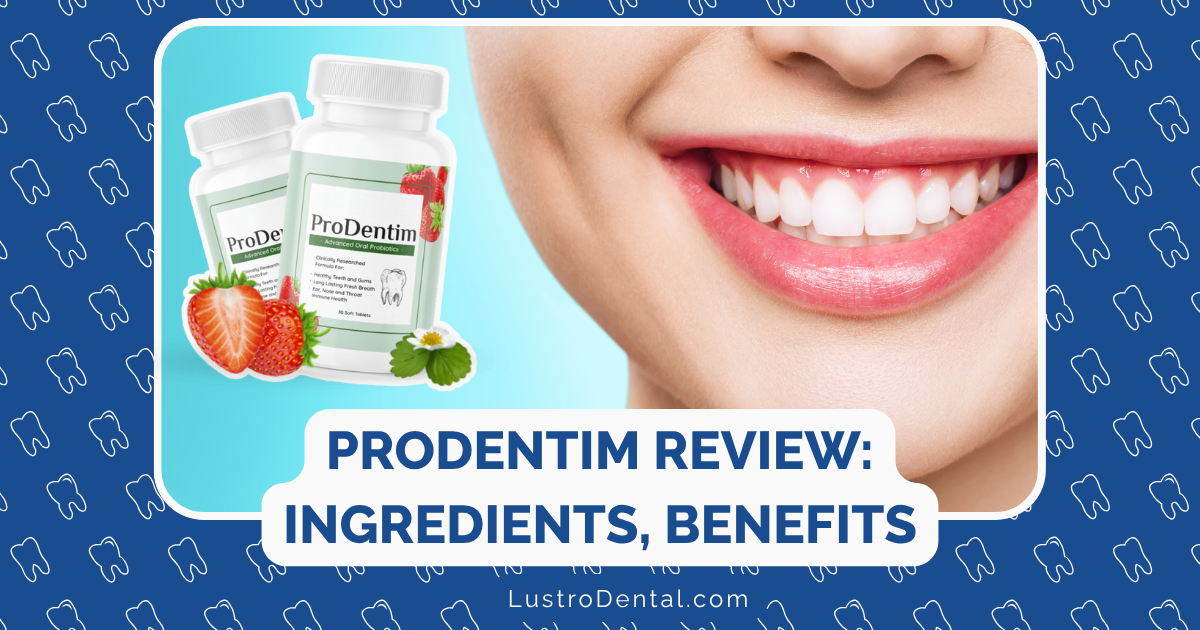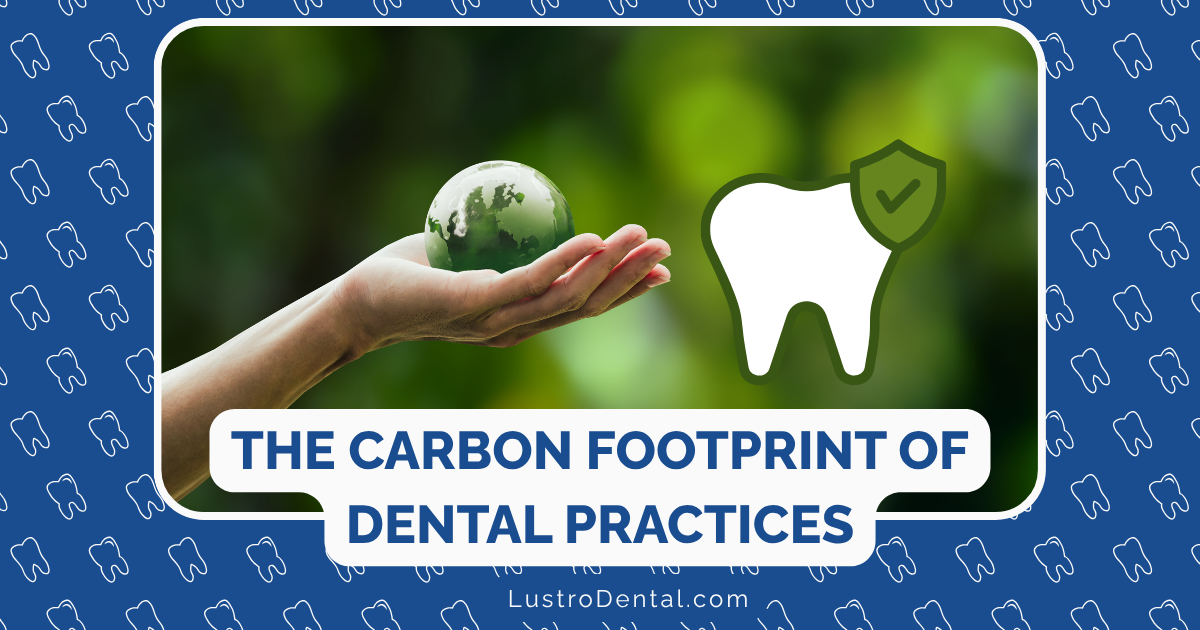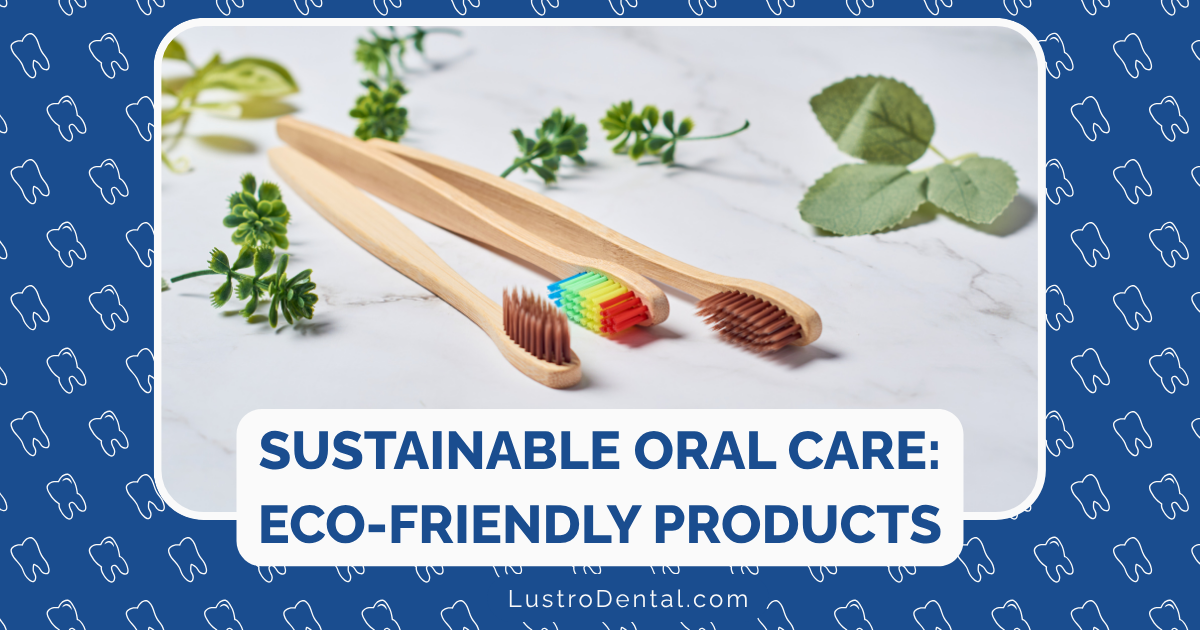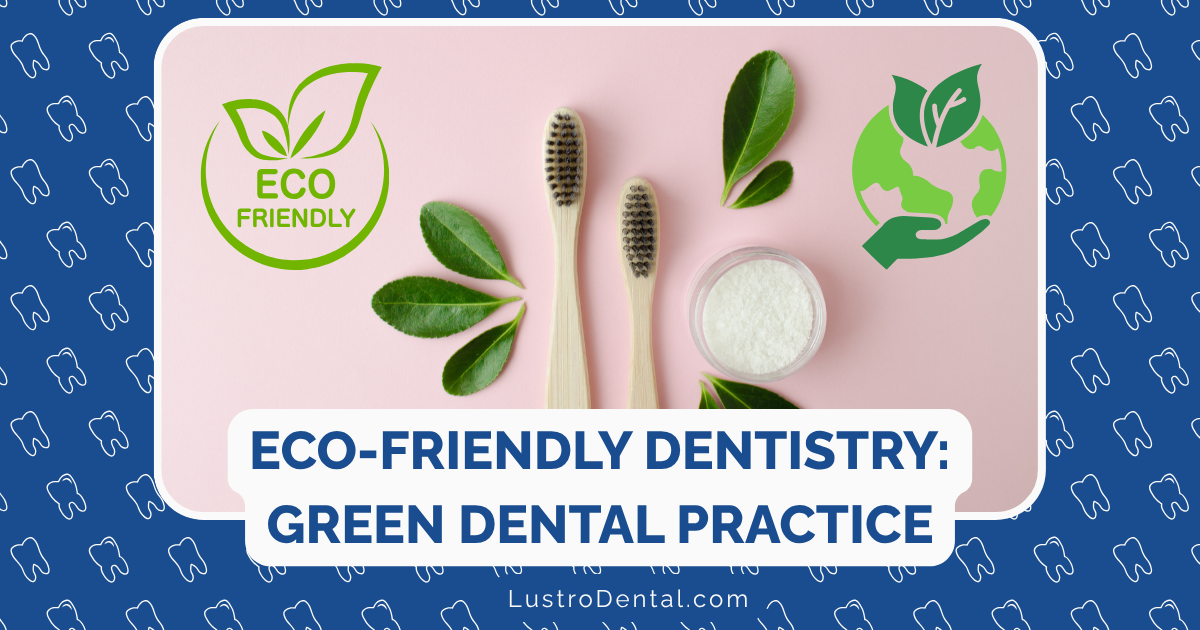Water Quality and Dental Health: Understanding the Connection
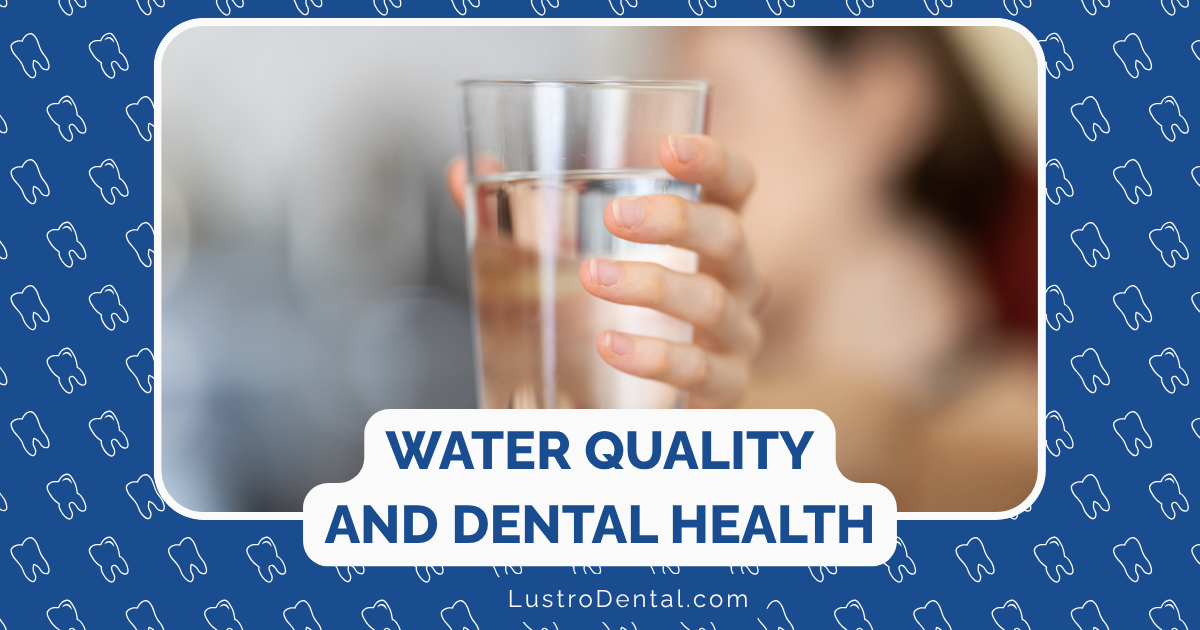
The relationship between water and your dental health runs deeper than you might think. While we all know that staying hydrated is important for overall health, the quality and mineral content of your drinking water can significantly impact your teeth and gums. As a dental health advocate, I find that many patients are surprised to learn how their water choices might be affecting their oral health.
In this comprehensive guide, we’ll explore the fascinating connection between water quality and dental health, examining everything from fluoride levels to contaminants that could be impacting your smile. We’ll also discuss practical steps to ensure you’re making the best water choices for your dental health.
The Fluoride Factor: A Public Health Success Story
Perhaps the most well-known connection between water and dental health involves fluoride—a naturally occurring mineral that has transformed public health.
What is Fluoride and How Does It Work?
Fluoride works in several ways to protect teeth:
- Remineralization: Fluoride helps rebuild weakened tooth enamel by attracting calcium and phosphate ions to areas where demineralization has occurred.
- Acid Resistance: Teeth treated with fluoride become more resistant to acid attacks from bacteria and sugary foods.
- Bacterial Inhibition: Fluoride can disrupt bacterial metabolism, reducing the acid production that leads to tooth decay.
According to the Centers for Disease Control and Prevention (CDC), community water fluoridation is one of the ten greatest public health achievements of the 20th century. Studies consistently show that fluoridated water reduces tooth decay by approximately 25% in children and adults throughout their lifetime.
The History of Water Fluoridation
The fluoride story began in Colorado Springs in the early 1900s, where dentist Frederick McKay noticed that many locals had brown stains on their teeth—yet surprisingly low rates of tooth decay. This condition, later termed “Colorado Brown Stain,” was eventually linked to naturally high levels of fluoride in the local water supply.
This discovery led to controlled studies and eventually the first community water fluoridation program in Grand Rapids, Michigan, in 1945. The results were remarkable—after just 11 years, children in Grand Rapids experienced 60% less tooth decay compared to those in non-fluoridated communities.
Today, approximately 63% of the U.S. population has access to fluoridated community water, saving an estimated $20 in dental treatment costs for every $1 invested in water fluoridation programs.
Optimal Fluoride Levels
The U.S. Public Health Service currently recommends a fluoride concentration of 0.7 milligrams per liter (mg/L) in community water systems. This level is designed to maximize cavity prevention benefits while minimizing the risk of dental fluorosis—a cosmetic condition that causes faint white streaks or spots on teeth.
It’s worth noting that the recommended level was adjusted downward from the previous range of 0.7-1.2 mg/L in 2015, acknowledging that we now receive fluoride from multiple sources, including toothpaste and some foods.
Beyond Fluoride: Other Minerals That Impact Dental Health
While fluoride receives the most attention, other minerals in your water can also affect your teeth:
Calcium and Phosphate
These minerals are the building blocks of tooth enamel. Water naturally rich in calcium (often called “hard water”) may provide additional protection against tooth decay by supplying these essential minerals directly to the teeth during consumption and by increasing the pH of saliva, which helps neutralize acids.
A study published in the Journal of Dental Research found that regions with higher calcium content in drinking water showed lower rates of tooth decay, independent of fluoride levels.
Iron and Manganese
While these minerals don’t directly benefit dental health, they can cause aesthetic issues. High levels of iron or manganese can lead to staining of teeth and dental restorations. If you notice brownish or grayish stains developing on your teeth and you use well water, these minerals might be the culprit.
pH Level
The acidity or alkalinity of your water, measured by pH, can affect your dental health. Acidic water (pH below 7) can potentially contribute to enamel erosion over time, especially if consumed frequently. Most municipal water supplies maintain a neutral to slightly alkaline pH (7-8.5) to prevent pipe corrosion and protect public health.
Different Water Sources and Their Impact on Dental Health
Not all water is created equal when it comes to dental health. Let’s examine how different water sources might be affecting your teeth:
Municipal Tap Water
Most public water systems in the U.S. are regulated by the Environmental Protection Agency (EPA), which sets standards for contaminants and monitors water quality. Benefits for dental health include:
- Controlled fluoride levels: Most systems add fluoride to reach the optimal level for dental health.
- Regular testing: Municipal water undergoes frequent testing for harmful contaminants.
- Cost-effective: Tap water is an economical way to get fluoride benefits.
However, some older water systems may have infrastructure issues that could introduce lead or other contaminants, which is why many municipalities provide annual water quality reports to residents.
Well Water
Approximately 15% of Americans rely on private wells for their drinking water. From a dental perspective, well water presents some unique considerations:
- Variable fluoride levels: Unlike municipal water, fluoride in well water is not regulated and can vary significantly—from nearly none to naturally excessive levels.
- Potential mineral imbalances: Some wells contain high levels of minerals that can affect taste and potentially cause staining.
- Testing responsibility: Well owners are responsible for testing their own water quality, which should be done annually.
If you have well water, consider having it tested for fluoride levels. If levels are below 0.7 mg/L, your dentist might recommend fluoride supplements, especially for children whose teeth are still developing.
Bottled Water
The booming bottled water industry has created new considerations for dental health:
- Inconsistent fluoride levels: Most bottled waters contain little to no fluoride unless specifically labeled as containing fluoride.
- Lack of transparency: Many brands don’t list fluoride content on their labels, making it difficult to know what you’re getting.
- Environmental impact: The production and disposal of plastic bottles create environmental concerns.
According to the American Dental Association (ADA), if bottled water is your primary drinking source, you may be missing out on the benefits of optimal fluoride exposure. A study in the Journal of the American Dental Association found that children who primarily drank bottled water had significantly higher rates of tooth decay compared to those who drank fluoridated tap water.
Filtered Water
Home water filtration systems vary widely in what they remove:
- Carbon filters (like Brita pitchers) typically don’t remove fluoride.
- Reverse osmosis systems remove most minerals, including fluoride.
- Distillation also removes fluoride and other minerals.
If you use a filtration system that removes fluoride, consider other sources of fluoride in your oral health routine, such as fluoridated toothpaste or mouthwash.
Water Contaminants That Can Affect Dental Health
Beyond beneficial minerals, water can sometimes contain substances that negatively impact dental health:
Lead
Lead exposure through drinking water is a serious concern, particularly in areas with older infrastructure. From a dental perspective, lead exposure during tooth development (in children and in utero) can affect the formation of dental enamel, potentially leading to developmental defects.
Arsenic
Naturally occurring in some groundwater sources, arsenic has been associated with increased risk of dental caries and periodontal disease in areas with high exposure levels, according to research published in the Journal of Environmental and Public Health.
Excessive Fluoride
While fluoride at optimal levels benefits dental health, excessive amounts (typically above 2 mg/L) can cause dental fluorosis during tooth development. In severe cases or with very high concentrations (typically not found in U.S. water supplies), skeletal fluorosis can occur.
Supporting Oral Health in Any Water Condition with ProDentim
While ensuring optimal water quality is important for dental health, many people need additional support, especially if their primary water source lacks beneficial minerals like fluoride or if they have existing oral health concerns. This is where ProDentim offers a valuable complementary approach.
How ProDentim Supports Dental Health Regardless of Water Quality
ProDentim is an innovative oral probiotic supplement specifically designed to support dental health by addressing the oral microbiome—the community of bacteria in your mouth. Here’s how it works alongside your water choices:
- Balances Oral Bacteria: ProDentim contains 3.5 billion CFUs of beneficial probiotic strains, including Lactobacillus Paracasei, Lactobacillus Reuteri, and Bifidobacterium lactis BL-04. These probiotics help maintain a healthy balance of bacteria in your mouth, which is crucial for preventing tooth decay and gum disease regardless of your water’s mineral content.
- Supports Remineralization: ProDentim includes Tricalcium Phosphate, which provides calcium and phosphate—the building blocks of tooth enamel. This can be especially beneficial if your drinking water is low in these minerals or if you primarily drink filtered or bottled water that lacks fluoride.
- Promotes Saliva Production: Adequate hydration is essential for saliva production, which naturally cleanses the mouth and contains minerals that help remineralize teeth. ProDentim’s formulation supports this natural process, complementing the benefits of staying well-hydrated.
- Reduces Plaque Formation: The probiotic strains in ProDentim help inhibit harmful bacteria from forming biofilms (plaque) on teeth, providing protection that works alongside the benefits of fluoride in water.
By incorporating ProDentim into your daily routine, you can support your oral health regardless of variations in your water quality or mineral content, ensuring your teeth and gums receive comprehensive protection.
Practical Tips for Optimizing Water Choices for Dental Health
Based on the current scientific understanding of water and dental health, here are some practical recommendations:
For Families with Municipal Water:
- Check your water quality report: Most utilities provide annual reports detailing fluoride levels and other minerals. These are typically available online or by request.
- Use cold water for drinking: Hot water can contain more dissolved metals from plumbing. Always use cold water for drinking and cooking.
- Let the tap run briefly: If your home has older plumbing, letting the water run for 30-60 seconds in the morning can flush out water that’s been sitting in pipes overnight.
- Consider a basic carbon filter: If you’re concerned about taste or certain contaminants but want to retain fluoride benefits, a basic carbon filter (like a pitcher filter) can improve taste without removing fluoride.
For Well Water Users:
- Test your water annually: Include testing for fluoride levels along with standard tests for bacteria and contaminants.
- Consult your dentist about fluoride levels: If your well water is low in fluoride, discuss whether supplements might be appropriate, especially for children.
- Consider a whole-house filter: If your well water contains high levels of iron or manganese that cause staining, a whole-house filter can help.
- Supplement with ProDentim: Since well water can have variable mineral content, ProDentim can provide consistent oral health support regardless of fluctuations in your water quality.
For Bottled Water Drinkers:
- Check labels for fluoride content: Some bottled waters do contain fluoride, though most don’t. Look for this information on labels or manufacturer websites.
- Mix your water sources: Consider using tap water for some of your daily hydration needs to get fluoride benefits.
- Discuss fluoride supplements: If bottled water is your exclusive water source, talk to your dentist about whether fluoride supplements might be beneficial.
- Use fluoridated toothpaste: Be diligent about using fluoridated toothpaste and consider a fluoride mouthwash to compensate for potentially lower fluoride intake from water.
Special Considerations for Different Age Groups
For Children:
Children’s developing teeth are particularly affected by water quality:
- Optimal fluoride exposure during tooth development (both primary and permanent teeth) provides lifelong benefits.
- Monitoring fluoride intake from all sources is important to prevent dental fluorosis.
- Regular dental check-ups can help identify any issues related to water quality or fluoride exposure.
For Adults:
Adults continue to benefit from fluoridated water throughout life:
- Cavity prevention continues well into adulthood.
- Sensitivity reduction can occur with regular exposure to fluoride.
- Gum health may be supported by proper hydration and minerals in water.
For Seniors:
Older adults have unique considerations:
- Dry mouth (xerostomia) is common due to medications and aging, making proper hydration even more important.
- Root caries (decay on exposed root surfaces) is more common and can be reduced with fluoride exposure.
- Reduced mineral absorption might make the direct contact of mineralized water with teeth especially beneficial.
Conclusion: Finding the Right Balance
Water is essential for life and plays a crucial role in maintaining dental health. The quality of your drinking water—including its mineral content, pH level, and potential contaminants—can significantly impact your teeth and gums over a lifetime.
While community water fluoridation remains one of the most effective and equitable public health measures for preventing tooth decay, individual water choices vary based on personal preferences, availability, and specific health considerations.
Regardless of your water source, maintaining good oral hygiene practices, staying well-hydrated, and supporting your oral microbiome with products like ProDentim can help ensure optimal dental health. By understanding the connection between water quality and dental health, you can make informed choices that benefit your smile for years to come.
Have you noticed differences in your dental health based on your water choices? Share your experiences in the comments below!
Common Questions About Water and Dental Health
Is fluoride in water safe?
Does bottled water contain fluoride?
Can I get too much fluoride?
Does boiling water affect its fluoride content?
What should I do if I’m concerned about my water quality?
Disclaimer: This article is for informational purposes only and does not constitute medical or dental advice. Always consult with qualified healthcare providers about your specific oral health needs.


